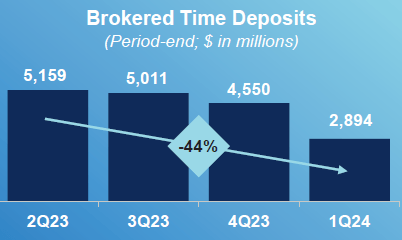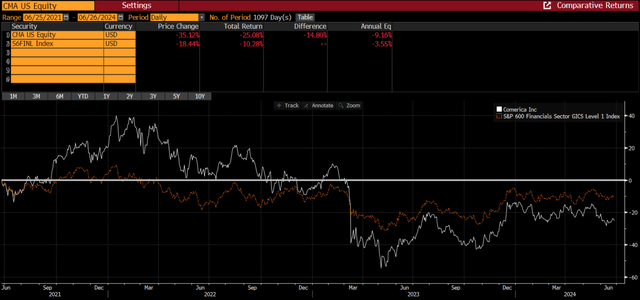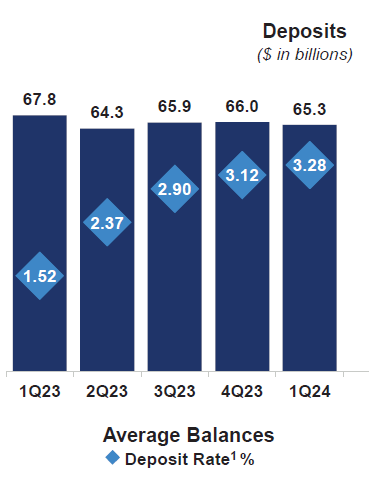New York, United States – When considering the symbolism of an albatross, one may ponder whether it represents luck or misfortune. The perception of the albatross has evolved over time, with sailors historically viewing it as a harbinger of good fortune on their voyages. However, a notable shift occurred after the publication of a renowned poem, “The Rime of the Ancient Mariner.” The tale recounts a mariner’s fateful encounter with an albatross, resulting in a series of unfortunate events that befell the crew. This narrative altered perspectives on the albatross, turning it from a symbol of luck to one of doom.
In the realm of fixed-income investments, fluctuations in interest rates are often likened to an albatross. While some interpret these changes positively, others view them with trepidation. The impact of interest rates on the fixed-income sector can significantly influence investment values, leading to uncertainty and anxiety among investors. Patience is key in navigating the complexities of fixed-income investments, as impulsive decisions can hinder long-term gains.
Adding further complexity to the equation is the utilization of Closed-End Funds (CEFs) to access the fixed-income market. While CEFs hold fixed-income assets, their operational framework differs, with mandatory distributions accounting for a substantial portion of their returns. Changes in interest rates can prompt adjustments in these distributions, reflecting the fund’s performance and leverage levels.
One outstanding fund that has demonstrated resilience in the face of interest rate fluctuations is the Nuveen Preferred & Income Opportunities Fund (NYSE: JPC). Specializing in preferred equity, JPC’s investment focus on financial institutions has positioned it favorably amid market challenges. The fund’s strategic allocation and emphasis on institutional preferred securities with a par value of $1,000 have contributed to its stability and performance.
As interest rates reached pre-financial crisis levels, fixed-income securities experienced headwinds, impacting JPC’s performance. Despite this, JPC’s strategy aligns closely with large fixed-income investments like the Virtus Infracap U.S. Preferred Stock ETF (PFFA), offering complementary opportunities for investors.
The use of leverage in JPC’s portfolio has contributed to heightened volatility, with the fund’s performance exhibiting a distinctive pattern compared to industry benchmarks. Leveraging during favorable market conditions has propelled JPC’s growth, particularly following the Federal Reserve’s last rate hike in July 2023.
By increasing its distribution by 40%, JPC has signaled its confidence in sustaining this growth trajectory. The fund’s distribution policy, coupled with its NAV performance, suggests a balanced approach to generating income and capital appreciation for investors. Managing the distribution-to-NAV ratio effectively, JPC aims to enhance shareholder value and attract new investors to narrow the discount between market price and NAV.
In conclusion, constructing an interest rate-agnostic portfolio, like the one exemplified by JPC, can offer stability and income generation irrespective of market conditions. Empowering investors to focus on income sustainability and growth, such portfolios provide insulation against market uncertainties and inflationary pressures. By harnessing the potential of income investing, individuals can secure their financial future and alleviate the burden of financial uncertainty, symbolized by the albatross.














